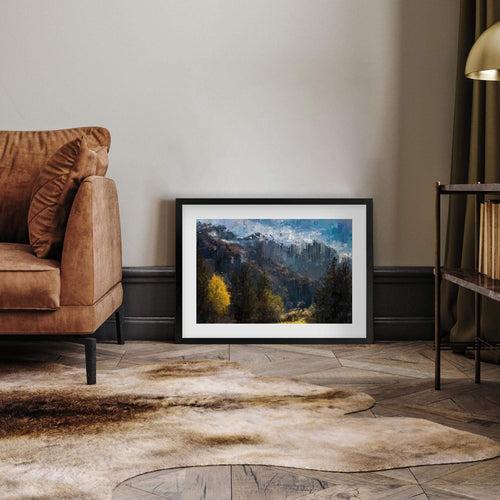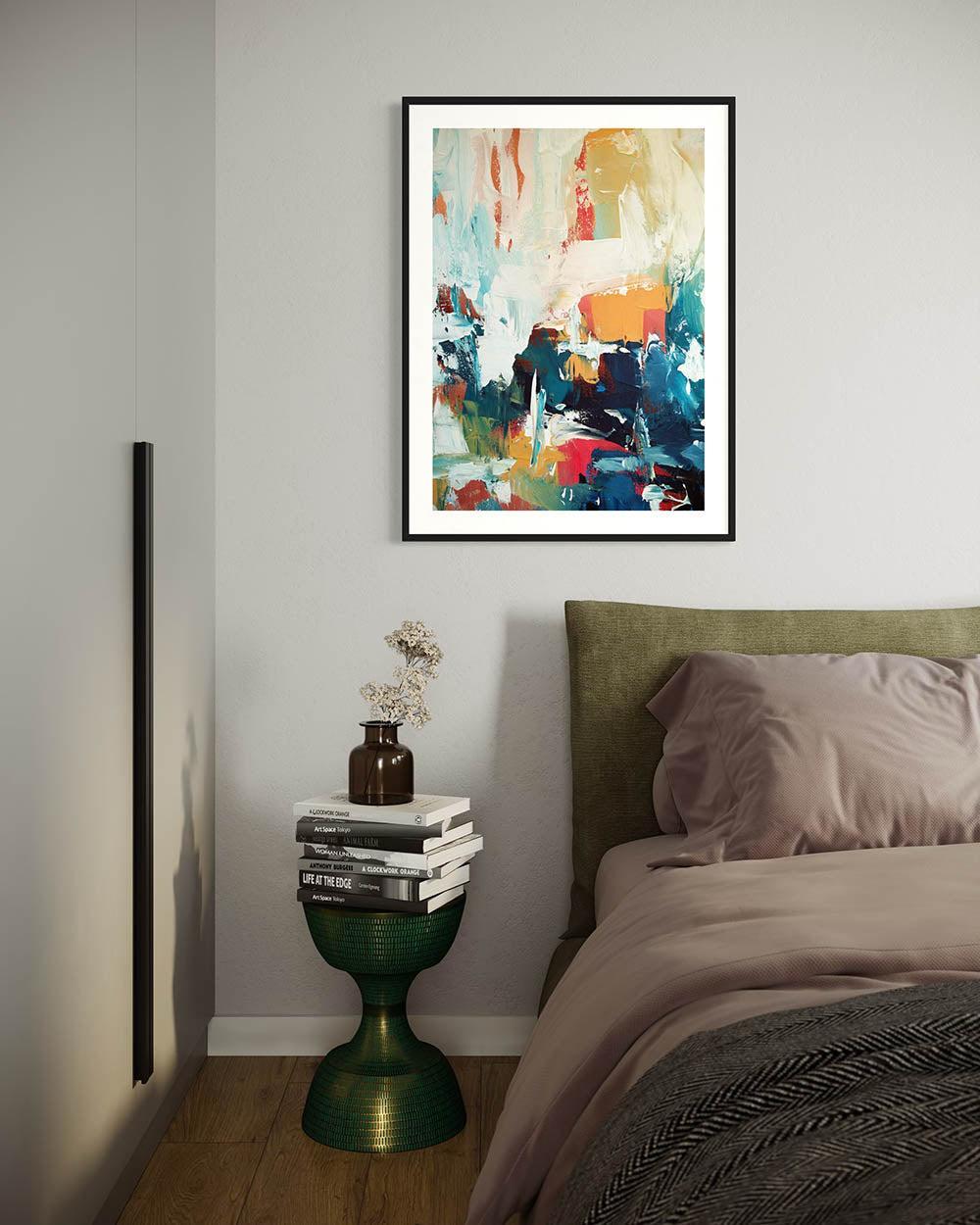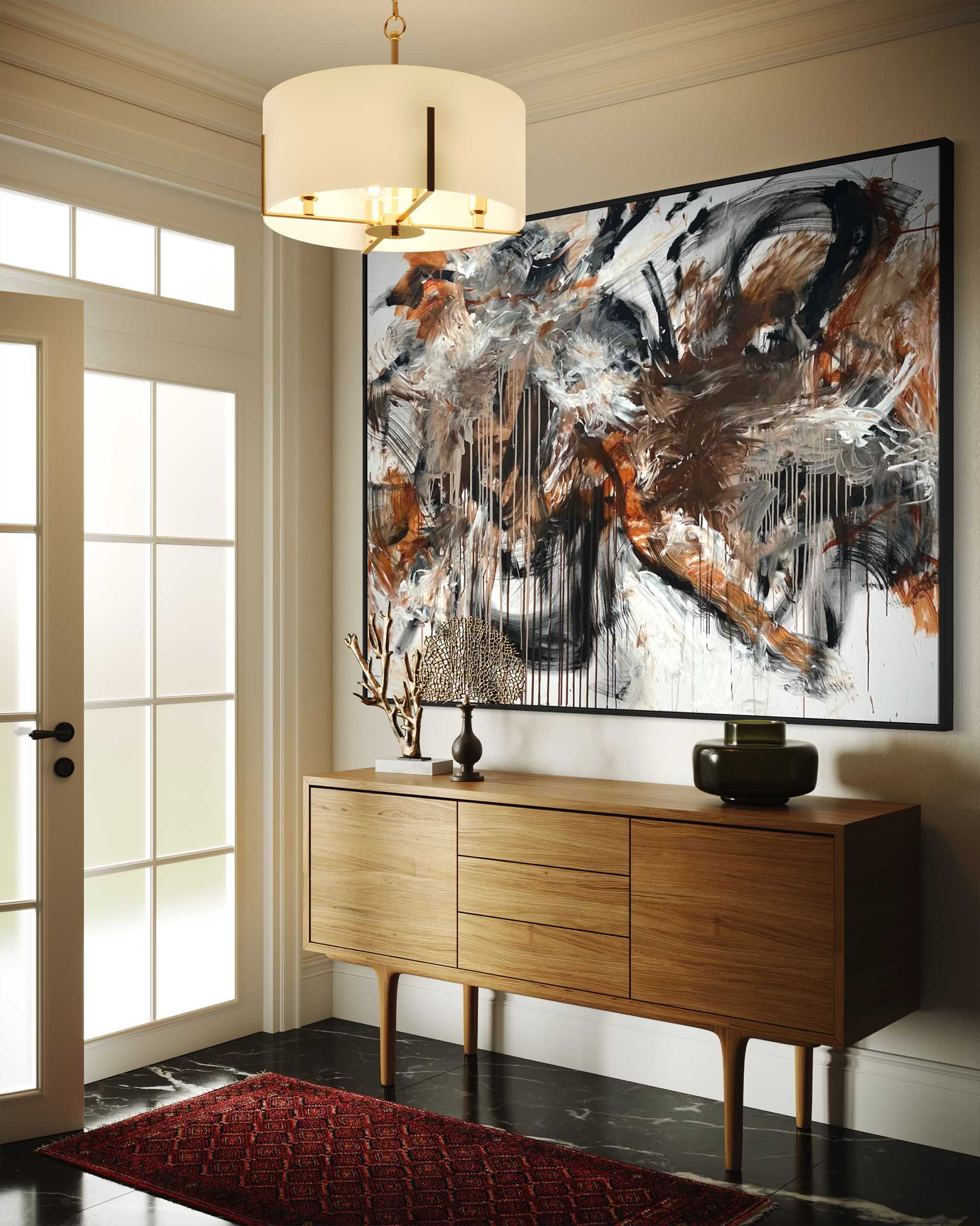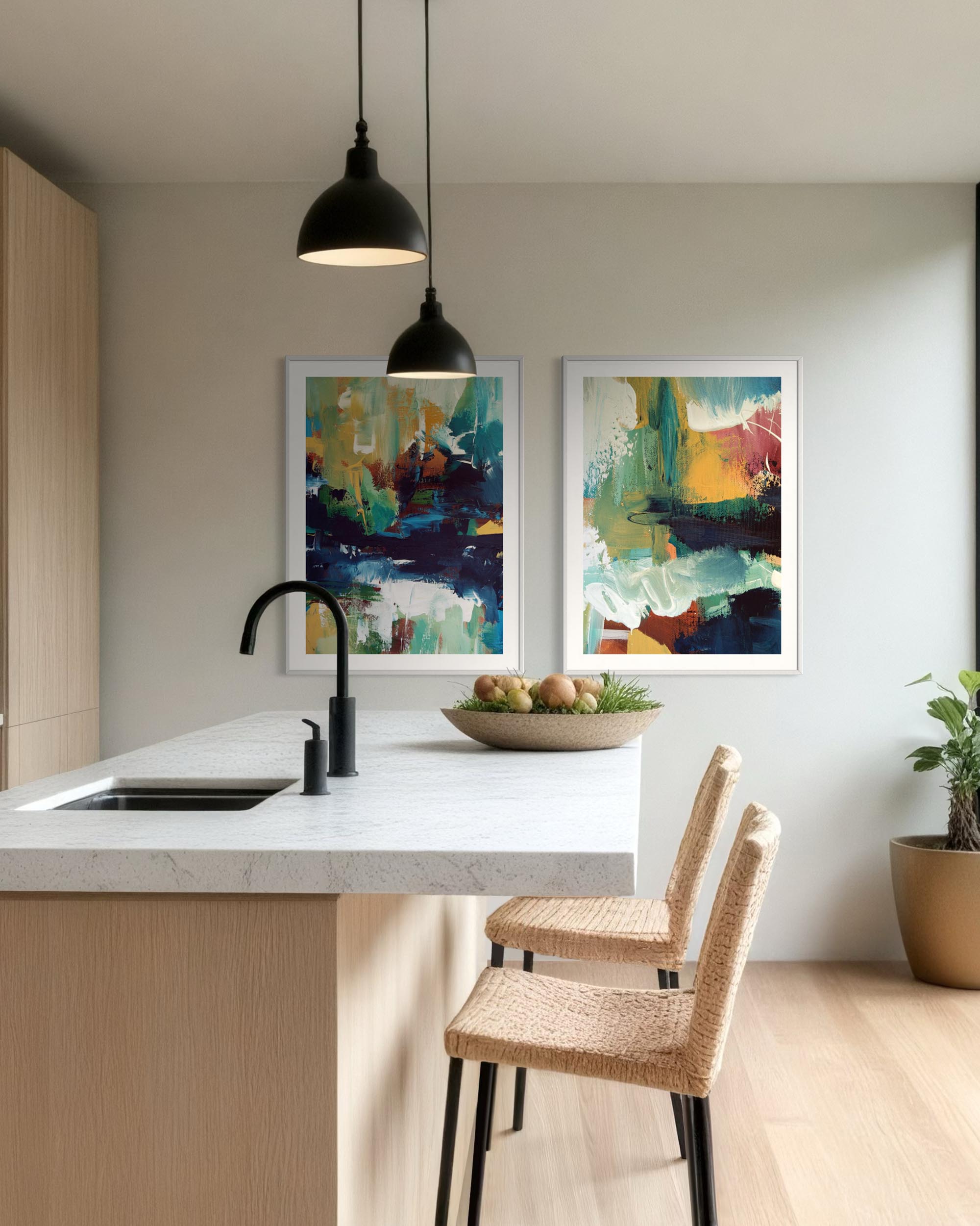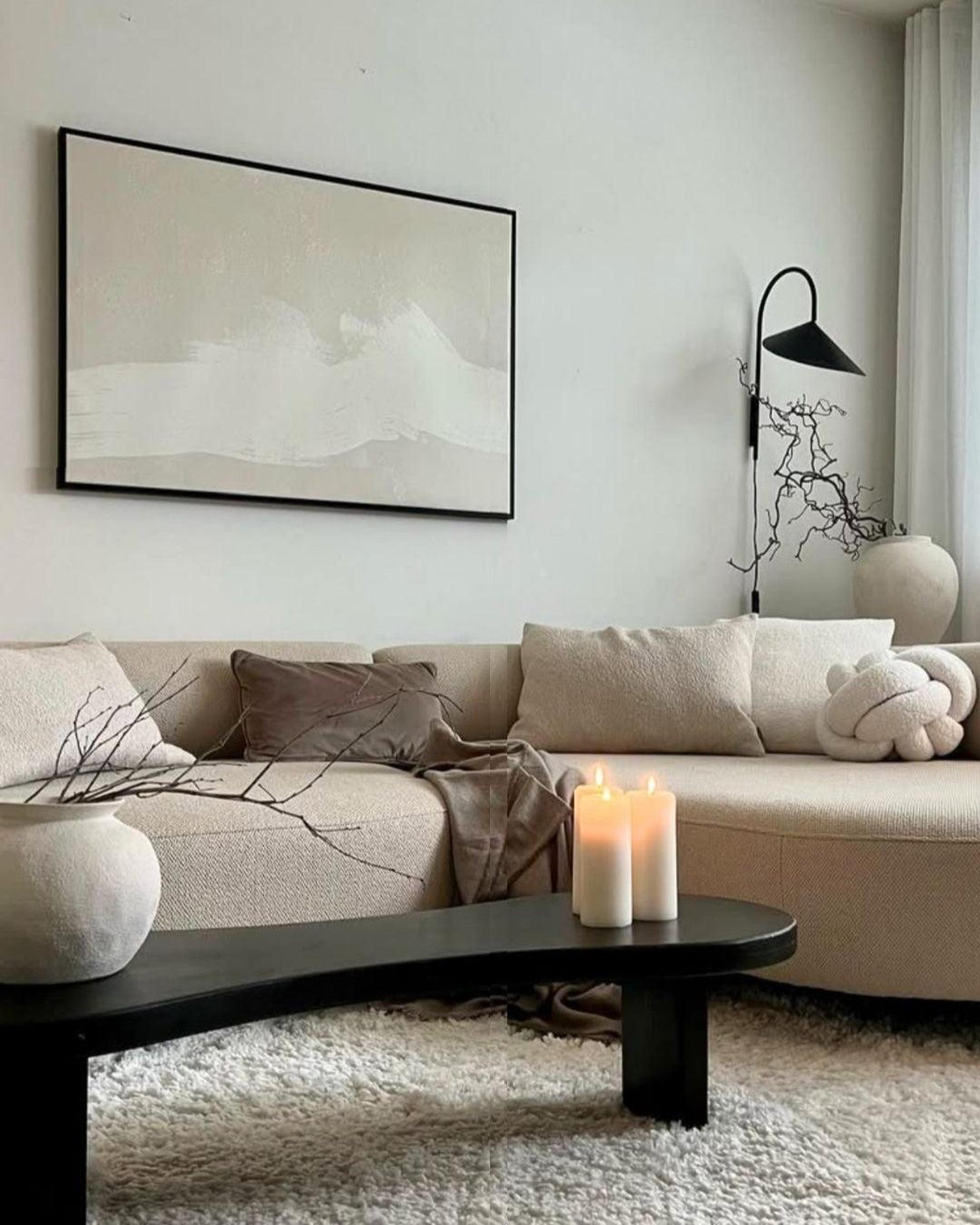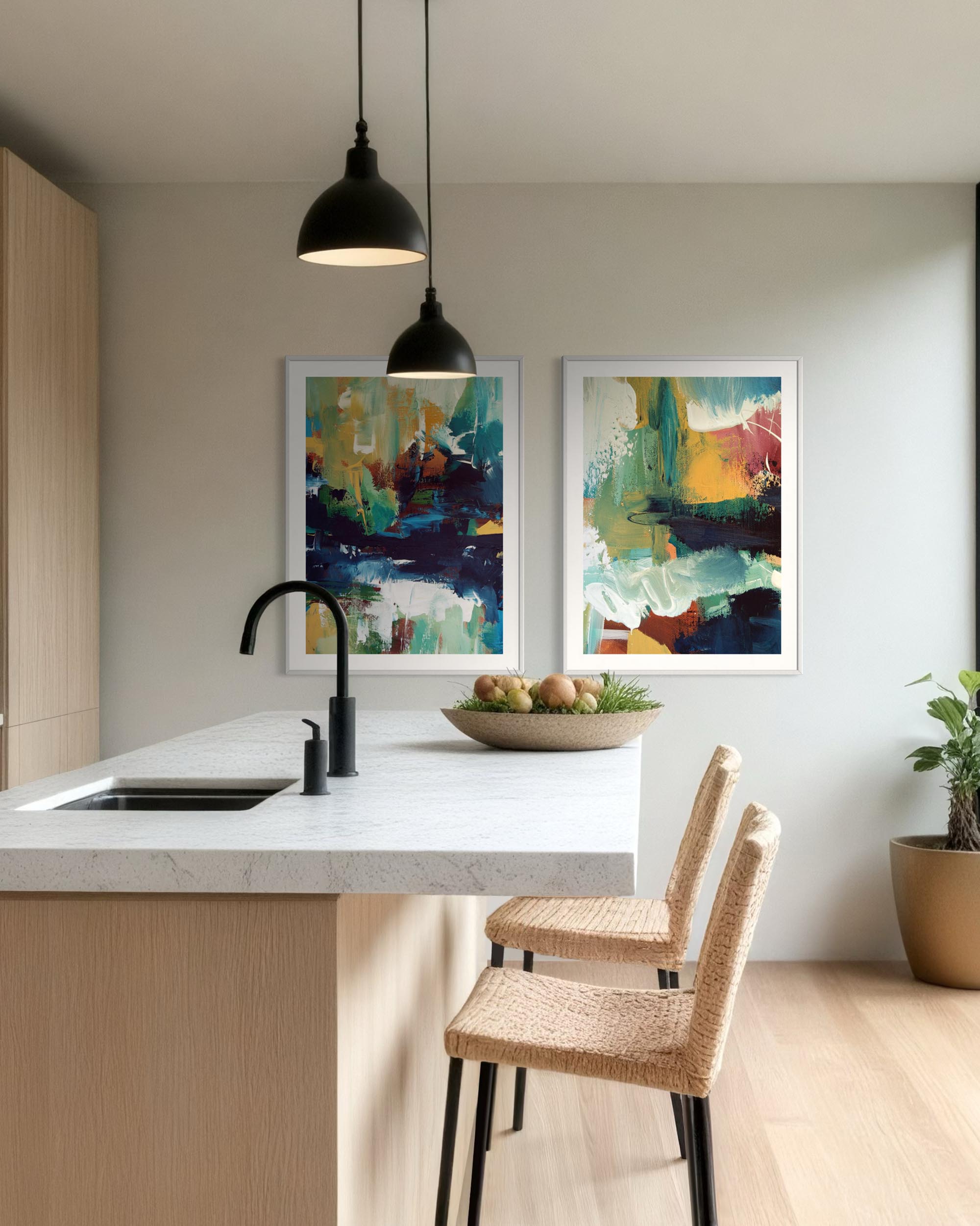Art, in its many forms, has been a medium through which humans express emotions, ideas, and cultural values. Two broad categories that are often discussed in the art world are traditional art and modern art. While both serve as powerful vehicles for human creativity, they differ significantly in their principles, techniques, and cultural contexts. This article delves into the defining characteristics of traditional and modern art, highlighting their differences and unique contributions to the artistic landscape.
What is Traditional Art?
Traditional art refers to artworks that adhere to established cultural, historical, or religious traditions. It includes styles and techniques that have been passed down through generations, often rooted in specific geographic regions or cultural practices. Examples of traditional art include:
-
Classical Painting: Renaissance artworks such as Michelangelo's "Sistine Chapel" or Leonardo da Vinci's "Mona Lisa."
-
Sculpture: Ancient Greek and Roman statues, Indian temple carvings, or African tribal masks.
-
Handicrafts: Embroidery, pottery, and weaving that reflect cultural heritage.
Characteristics of Traditional Art
-
Focus on Realism: Traditional art often strives for lifelike representation and meticulous detail.
-
Symbolism and Functionality: Many traditional artworks are deeply symbolic and serve religious or ceremonial purposes.
-
Technique-Oriented: Artists often undergo rigorous training in specific methods, emphasizing mastery over innovation.
-
Cultural Identity: Traditional art is often a reflection of societal norms, values, and histories.
What is Modern Art?
Modern art represents a break from traditional techniques and themes, emerging in the late 19th and early 20th centuries. It is characterised by a desire to experiment and push boundaries, both conceptually and visually. Notable movements within modern art include Impressionism, Cubism, Surrealism, and Abstract Expressionism.
Examples of Modern Art
-
Impressionism: Claude Monet's "Water Lilies" or Edgar Degas's ballet scenes.
-
Cubism: Pablo Picasso's "Les Demoiselles d'Avignon."
-
Abstract Art: Works by Jackson Pollock and Wassily Kandinsky.
Characteristics of Modern Art
-
Emphasis on Innovation: Modern art focuses on breaking away from traditional norms to explore new techniques, forms, and perspectives.
-
Abstract and Conceptual: Unlike traditional art, modern art often embraces abstraction and non-representational forms.
-
Individual Expression: Artists prioritise personal interpretation and emotional depth over adherence to societal or cultural standards.
-
Experimental Media: Modern art incorporates unconventional materials and methods, such as collage, mixed media, and digital technologies.
Key Differences Between Traditional and Modern Art
| Aspect | Traditional Art | Modern Art |
|---|---|---|
| Time Period | Pre-19th century | Late 19th century to mid-20th century |
| Style | Realistic, detailed, and formal | Abstract, experimental, and conceptual |
| Purpose | Often religious, cultural, or functional | Focused on self-expression and innovation |
| Medium | Traditional materials like canvas, stone, and wood | Diverse media, including mixed and digital |
| Techniques | Rigid, formalized, and methodical | Flexible, exploratory, and avant-garde |
The Intersection of Traditional and Modern Art
While traditional and modern art may seem worlds apart, there are instances where they intersect. Contemporary artists often draw inspiration from traditional techniques or motifs, reinterpreting them through a modern lens. For example:
-
Revival of Folk Art: Incorporating traditional patterns in contemporary installations.
-
Cultural Fusion: Combining ancient themes with modern materials and technologies.
Traditional and modern art each represent unique facets of human creativity and expression. Traditional art preserves cultural heritage and serves as a window into history, while modern art challenges conventions and opens new avenues for interpretation. Together, they enrich the world of art, offering a diverse spectrum of styles, techniques, and ideas for both artists and audiences to explore.




